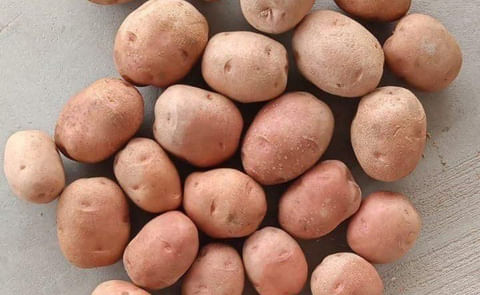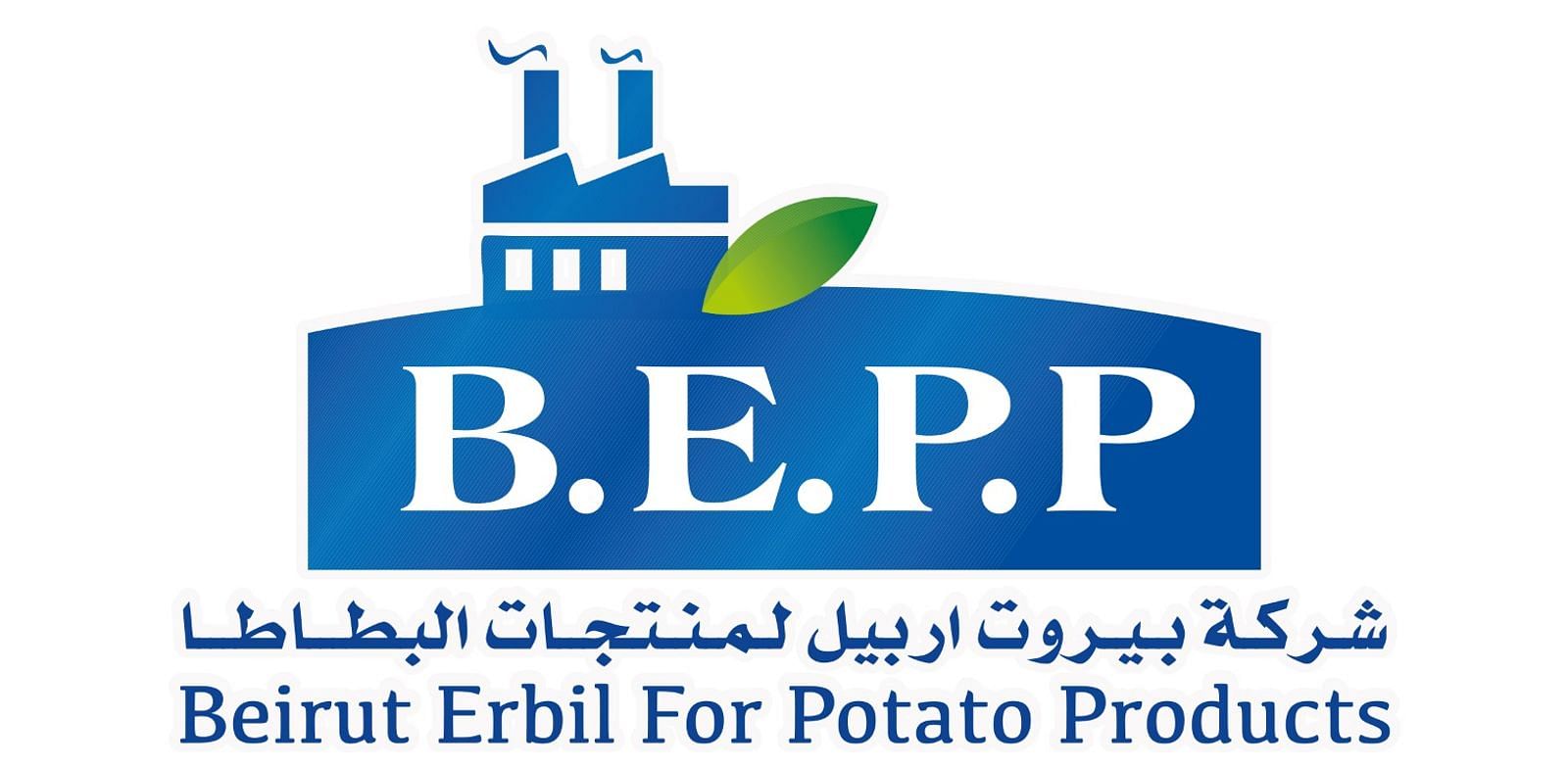New potato varieties are developed through a long and intensive breeding process involving three main phases: crossing (hybridizing different potato plants), sowing the resulting seedlings, and selecting the best candidates based on various desirable traits such as disease resistance, tuber quality, and yield. After rigorous testing and evaluation, only a few commercial varieties are released. The final selection is made by a committee of experts and growers, followed by a registration process before the variety becomes commercially available.
- Learn
- Potato Supply Chain
- Potatoes
- Potato Varieties and Seed
- Potato Varieties
- New Potato Varieties
About New Potato Varieties
Click here to expand and learn more!
What are new potato varieties?
A new potato variety refers to a cultivar that has recently been bred and released for commercial or regional use. These varieties are developed through traditional breeding or advanced techniques, with each one aimed at solving a particular problem or improving a specific trait.
Key Potato Attributes Considered in Breeding New Varieties
Potato breeders evaluate a wide array of traits when developing new varieties to meet the needs of producers, processors, and consumers. The selection process is complex, balancing agronomic performance, disease resistance, quality, and market requirements.
Major Attributes Breeders Prioritize:
- Yield: High tuber yield is a fundamental goal, as it directly impacts farm profitability and food supply.
- Tuber Shape and Size: Uniform, market-preferred shapes (e.g., oblong for French fries, round for chips) and sizes are critical for both fresh market and processing uses.
- Skin and Flesh Color: Varieties are bred to meet consumer and market preferences for skin (white, red, yellow) and flesh color.
- Eye Depth: Shallow eyes are preferred for ease of peeling and processing.
- Dry Matter and Starch Content: High dry matter (specific gravity) is important for processing quality (e.g., crispiness of chips, texture of fries) and reduces oil absorption during frying.
- Dormancy and Storability: Good storage characteristics and dormancy help maintain quality and reduce losses post-harvest.
- Disease and Pest Resistance: Resistance to major diseases (e.g., late blight, common scab, viruses) and pests is crucial for sustainable production and reducing chemical inputs.
- Stress Tolerance: Breeders seek traits for tolerance to heat, cold, drought, salinity, and other environmental stresses, especially in the context of climate change.
- Time to Maturity: Early, medium, or late maturity varieties can fit into specific cropping systems and meet market requirements.
- Taste and Culinary Quality: Flavor, texture, and suitability for various cooking methods (boiling, baking, frying) are important for consumer acceptance.
- Physical Quality: Resistance to bruising, mechanical damage, and defects such as hollow heart or greening.
- Adaptability: Ability to perform well across diverse environments and production systems.
Why Breed New Potato Varieties?
- Disease and Pest Resistance: New varieties offer resistance to devastating diseases like late blight and viruses, reducing the need for chemical inputs and supporting sustainable agriculture.
- Climate Resilience: Breeding for drought, heat, and cold tolerance helps secure yields in the face of changing weather patterns and environmental stress.
- Yield and Quality Improvement: Enhanced yields, uniform tuber size, and better storage properties contribute to food security and reduce post-harvest losses.
- Nutritional Enhancement: Biofortified potatoes can address micronutrient deficiencies, providing improved levels of vitamins and minerals for populations that rely on potatoes as a staple food.
- Processing and Market Demands: Varieties tailored for specific uses-such as chipping, frying, or fresh consumption-meet the evolving needs of global food industries and consumers.
The Role of the Potato Genome Mapping in New Varieties Development
A major turning point in potato breeding was the sequencing of the complete potato genome in 2011. This milestone gave breeders and scientists an unprecedented understanding of the crop’s complex genetics.
With the genome fully mapped, researchers can now:
- Identify and track beneficial traits more accurately (e.g., disease resistance or starch quality)
- Accelerate breeding cycles using marker-assisted selection
- Reduce trial-and-error breeding by predicting genetic outcomes
- Cross varieties more efficiently for specific purposes
The availability of genomic data has made breeding faster, more targeted, and globally collaborative, particularly through international efforts.
Global Impact and Adoption
- New potato varieties are being adopted worldwide, helping farmers respond to local challenges and market demands.
- These innovations contribute to sustainable agriculture, food security, and improved livelihoods for producers and consumers alike.
- Global collaboration ensures that new varieties are shared, adapted, and improved upon across different agro-climatic zones—strengthening global food networks.
"The emergence of new potato varieties is transforming global potato production, offering solutions to disease, climate, and market challenges while enhancing yield and quality. This ongoing innovation ensures that potatoes remain a vital and adaptable crop for communities and industries across the world.."
Explore New Potato Varieties Products


Browse Companies Offering New Potato Varieties

Rockyview Elite Tuber Ltd.

BEPPCO

